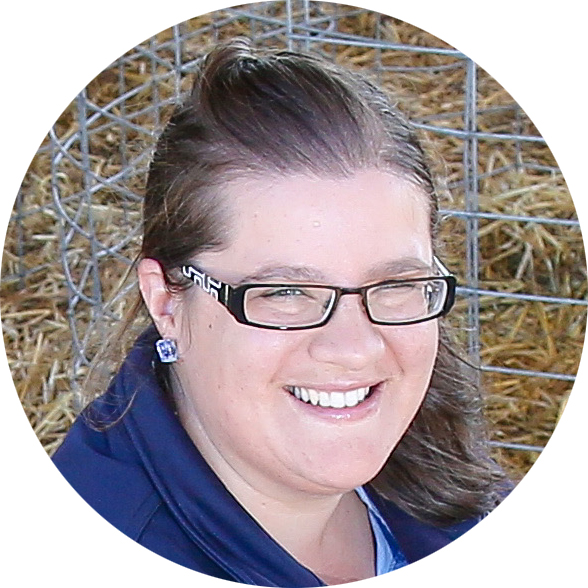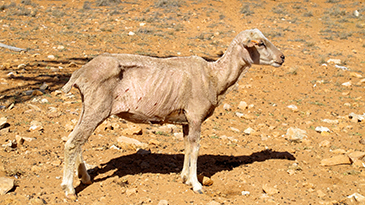Skinny sheep? It could be ovine Johne's disease
 PRODUCTION ADVICE - APRIL 2021 - ANIMAL BIOSECURITY & WELFARE
PRODUCTION ADVICE - APRIL 2021 - ANIMAL BIOSECURITY & WELFARE
By Linda Searle
District Veterinarian
P: 03 5881 9919 | M: 0427 629 740 | E: linda.searle@lls.nsw.gov.au
 It’s not unusual for there to be a few poor-doing sheep in a mob. They might be shy feeders that aren’t getting their fair share of grain, or they might have high worm burdens, coccidiosis or other underlying disease issues such as pneumonia.
It’s not unusual for there to be a few poor-doing sheep in a mob. They might be shy feeders that aren’t getting their fair share of grain, or they might have high worm burdens, coccidiosis or other underlying disease issues such as pneumonia.
Most farmers in this situation will try some different management techniques and see if this helps. This might include drafting off the tail of the mob and feeding them separately, doing a worm egg count, giving a drench or moving to a new paddock. But what do you do when nothing seems to work?
Ovine Johne’s disease is an incurable wasting disease caused by infection with a bacterium called Mycobacterium avium subsp. paratuberculosis. Infection causes thickening of the intestinal walls and poor nutrient absorption. Over time infected sheep will progessively lose condition, may scour, and become emaciated before dying or being euthanased. Affected sheep do not recover.
Historically, OJD was mainly an issue in the higher rainfall, higher stocking rate areas such as the southeast part of NSW and Victoria, apart from the Mallee region. However lately, we have been starting to diagnose a few cases in areas traditionally thought to be low risk, including in the western part of the Murray Local Land Services district.
How do you recognise a problem?
OJD has a long incubation period, so the clinical disease is usually seen in adult sheep over two years of age. Scouring may or may not be seen. Often sheep will just appear to ‘waste away’.
Sometimes the problem is most obvious at shearing. All the sheep are close together and after they are shorn it can be more obvious that the tail of the mob is in very poor condition.
At this point, the best thing to do is have the problem investigated by a vet. There are other things that can cause skinny sheep, and some can be treated, so finding out what the problem is will give you the best chance of sorting it out. Johne’s disease can be confirmed in one of two ways. Manure can be tested, but this can take about three months to get results. The other option is to collect tissue samples from a freshly dead or euthanased sheep showing the typical signs. These tissue samples can be examined under the microscope at the lab and results are usually available within 1-2 weeks.
What happens if OJD is diagnosed?
OJD is a notifiable disease in NSW, however, there are no longer any movement restrictions into or within NSW on account of OJD infection in flocks. When OJD is diagnosed, most farmers choose to manage the disease with Gudair vaccination, grazing management and culling clinically affected sheep. The way you manage OJD will likely depend on your enterprise type and how you market your sheep. Your local vet will be able to talk to you about all your options, and there are some great online resources including www.ojd.com.au for more information.
I had a farmer tell me recently that we accept death too easily in sheep. The saying does go that 'if you have live sheep, you will have dead sheep’, and I think we can all relate when I say that once a sheep makes up its mind to die it can be hard to convince it otherwise. That’s not to say that we should ignore issues. Recognising a problem is the first step in solving it. Know the normal patterns on your farm. If something is out of the ordinary, investigate what is going on.
For more information, you can contact your District Vet by calling 1300 795 299, or dropping into a nearby Local Land Services office.